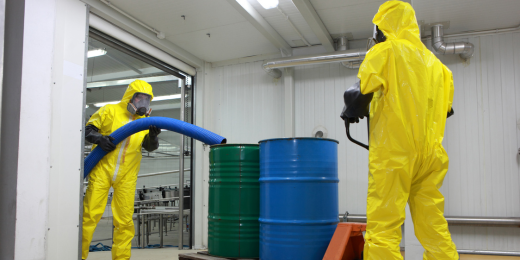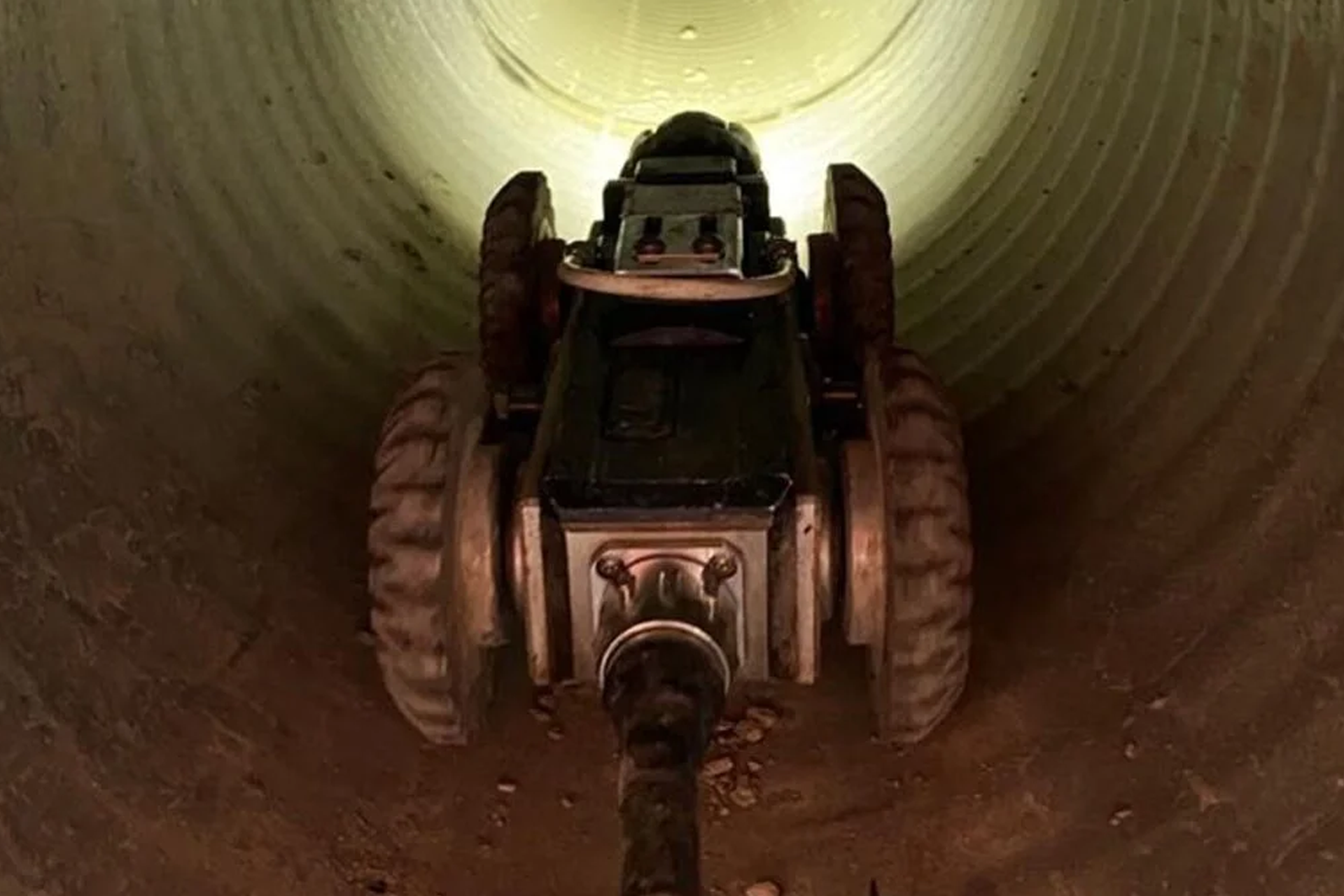Reclaim Waste - The Facts
Reclaim Waste - The Facts
Blog Article
Reclaim Waste Things To Know Before You Buy
Table of ContentsWhat Does Reclaim Waste Mean?4 Simple Techniques For Reclaim WasteFacts About Reclaim Waste RevealedNot known Details About Reclaim Waste The Facts About Reclaim Waste Uncovered
Domestic sewer waste refers to the waste and products from a residential septic storage tank. The appropriate management and disposal of domestic sewer waste need fluid waste to be transferred to a sewer treatment plant where the proper approaches and equipment are applied to detoxify and dispose of waste.
Commercial waste typically consists of prospective dangers, such as combustible materials or a mix of liquid and strong waste items, and calls for an advanced and thorough disposal procedure. The disposal of commercial waste normally involves the filtration of waste before transportation to make certain secure and proper disposal. Industrial waste is created from byproducts and runoff of commercial processes and production.
This type of waste can not use the exact same sewer administration transportation or procedures as septic or business liquids. The hazardous waste administration process needs the evaluation and screening of liquid waste before it undergoes the disposal procedure (liquid waste disposal). Drainage waste is the fluid waste that comes from drainage and excess stormwater in very populated areas or cities
Drainage waste can cause contamination and flooding if not taken care of effectively. Making sure appropriate waste administration can stop catastrophes and decrease ecological harm.
8 Easy Facts About Reclaim Waste Explained
Get in touch with PROS Solutions today to learn more about our waste monitoring and disposal solutions and the appropriate ways to look after the fluid waste you generate.
(https://reclaimwaste1.mystrikingly.com/blog/efficient-liquid-waste-disposal-in-melbourne-why-reclaim-waste-is-your-go-to)This so-called 'wastewater' is not only a vital resource however, after therapy, will certainly be launched to our land, rivers or the ocean. Utilized water from commodes, showers, bathrooms, kitchen area sinks, washings and industrial processes is recognized as wastewater.

water utilized to cool down equipment or tidy plant and devices). Stormwater, a form of wastewater, is overflow that flows from farming and urban locations such as roofings, parks, gardens, roadways, courses and gutters right into stormwater drains, after rain. Stormwater moves unattended straight to neighborhood creeks or rivers, eventually getting to the ocean.
Some Ideas on Reclaim Waste You Need To Know
In Queensland, many wastewater is treated at sewage treatment plants. Wastewater is moved from domestic or industrial websites with a system of sewage systems and pump stations, understood as sewerage reticulation, to a sewage therapy plant.
The Division of Natural Resources recommends regional governments about handling, operating and preserving sewerage systems and therapy plants. In unsewered areas, local governments might need homeowners to install specific or family sewer treatment systems to deal with residential wastewater from commodes, kitchen areas, shower rooms and laundries. The Department of Natural Resources authorizes making use of household systems when they are confirmed to be reliable.
Most stormwater obtains no therapy. In some new neighborhoods, treatment of some stormwater to remove litter, sand and gravel has actually begun using gross contaminant traps. Wastewater therapy takes place in four phases: Removes solid matter. Bigger solids, such as plastics and various other items incorrectly discharged to sewers, are gotten rid of when wastewater is passed with displays.
Wastewater after that moves right into big tanks where solids resolve and are gotten rid of as sludge. Grease and residue are skimmed from the surface. Utilizes little living organisms recognizes as micro-organisms to damage down and remove continuing to be dissolved wastes and fine fragments. Micro-organisms and wastes are incorporated in the sludge. Gets rid of nitrogen and phosphorus nutrients that might cause algal flowers in our rivers and intimidate water life.
The 4-Minute Rule for Reclaim Waste
Nutrient removal is not readily available in all sewage treatment plants since it calls for expensive specialised devices. It is ending up being much more typical in Queensland. Clear fluid effluent produced after treatment might still have disease-causing micro-organisms. If this effluent is launched right into rivers such as rivers or the sea, the micro-organisms will ultimately die out.

A lot of wastewater flows right into the sewage system. Under the Act, regional federal governments administer approvals and permits for ecologically appropriate activities (Periods) entailing wastewater releases that investigate this site may have a local influence.
The 10-Minute Rule for Reclaim Waste
Tracking supplies valid details about water high quality and can validate that permit conditions are being satisfied. The information obtained via surveillance gives the basis for making water top quality choices.
Report this page